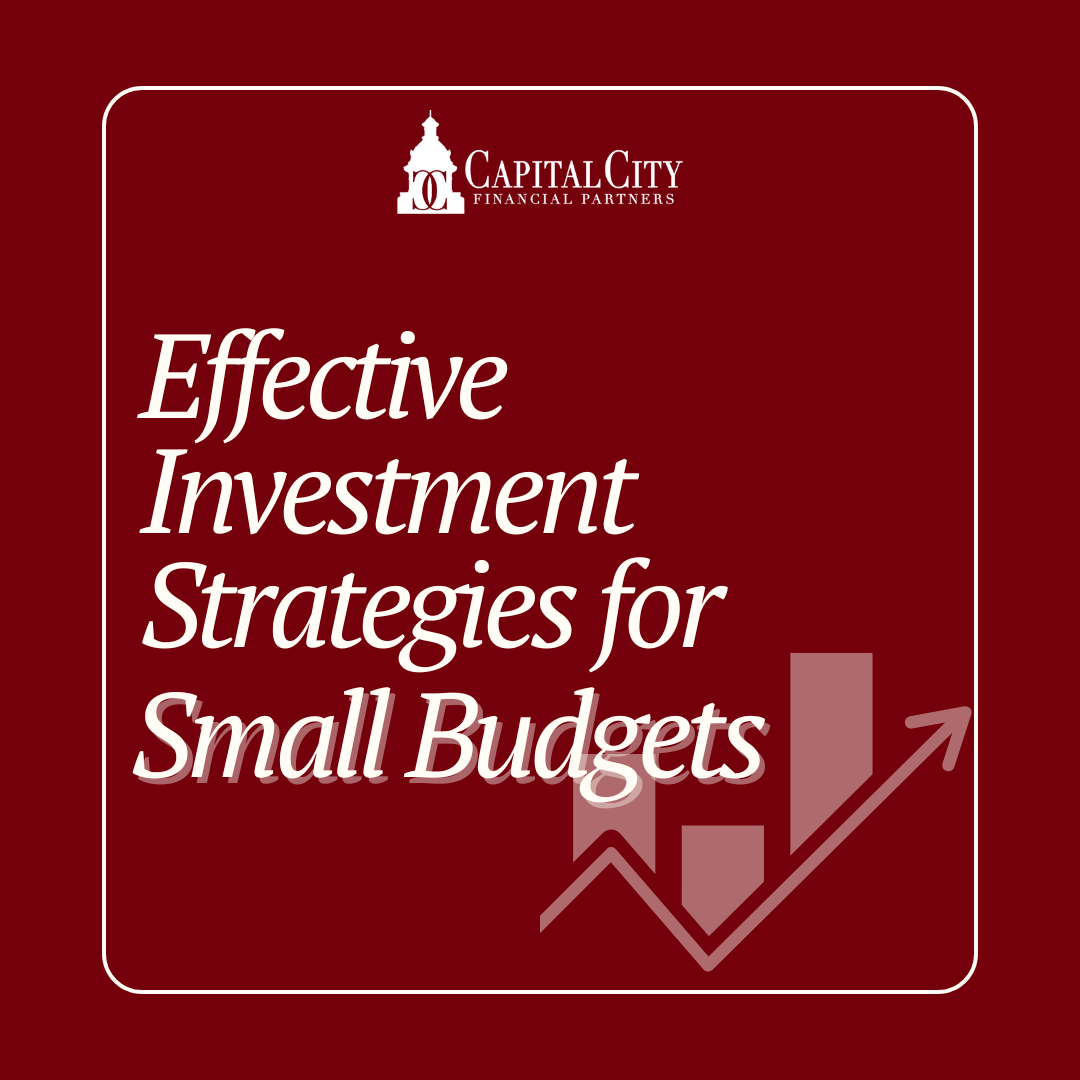
Investing with a Small Budget
Investing can feel intimidating, especially when you’re working with a small budget. However, the most important thing to remember is that starting somewhere is always better than doing nothing at all. Even small investments can lead to significant growth over time. Here’s how to make the most of your limited funds.
Set your Financial Goals
Before diving into investing, it’s important to set clear financial goals. This step can feel overwhelming, especially when you’re working with a small budget, but having a well-defined vision helps guide your decisions and strategies.
When you outline specific objectives—whether it’s saving for a vacation, a down payment on a home, or retirement—it creates a roadmap for how to allocate your resources. A clear picture of what you want to achieve allows you to identify ways to save money to invest effectively.
By breaking down your goals into manageable steps, you can make progress without feeling intimidated. Start by determining short-term and long-term goals, and then establish a plan for how much you can set aside regularly. This structured approach not only motivates you to save but also sets the stage for future investment opportunities.
Pay Off High Interest Debts
While not a traditional investment, paying down high-interest debt can provide significant returns by saving you money on interest payments. Prioritize eliminating debts with the highest interest rates to improve your finances overall.
Consider a High Yield Savings Account
A high-yield savings account is an excellent starting point for those investing on a small budget. These accounts typically offer significantly higher interest rates than traditional savings accounts, allowing your money to grow more effectively.
With numerous options available, you can easily find an account that fits your needs and goals. High-yield savings accounts are also low-risk, making them a safe place to put your cash while you consider more aggressive investment strategies. They’re ideal for short-term savings goals or as an emergency fund, while still providing growth.
By starting with a high-yield savings account, you can build a financial foundation as you begin to plan out your investing journey.
Plan for and Use Retirement Accounts
When it comes to investing, one of the most effective strategies for building long-term wealth is utilizing retirement accounts. These accounts offer tax advantages that can enhance your savings and help you prepare for a secure financial future. Here’s how to plan for and make the most of retirement accounts:
Understand Your Options
There are several retirement accounts available, each with its own benefits and drawbacks. Below are a few options to consider but the best way to determine which accounts will help you with your financial goals and situation is to consult with a financial advisor.
- 401(k) Plans: Offered by many employers, 401(k) plans allow you to contribute pre-tax income, reducing your taxable income for the year. Many employers also match contributions, which is essentially free money to boost your savings.
- Traditional IRA: Contributions to a Traditional IRA may also be tax-deductible, depending on your income and participation in an employer-sponsored plan. The money grows tax-deferred until you withdraw it in retirement.
- Roth IRA: With a Roth IRA, contributions are made with after-tax dollars, meaning withdrawals in retirement are tax-free. This can be especially beneficial if you expect to be in a higher tax bracket in retirement
In conclusion, starting to invest—even with a small budget—is a wise decision for your financial future. The earlier you begin, the more opportunities you have to grow your wealth over time. If you need financial advice or would like to work with one of our advisors to help, get you on the right track, don’t hesitate to reach out. Feel free to schedule a complimentary meeting with us today!
Source: Investopedia
